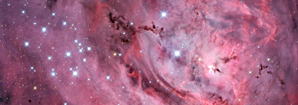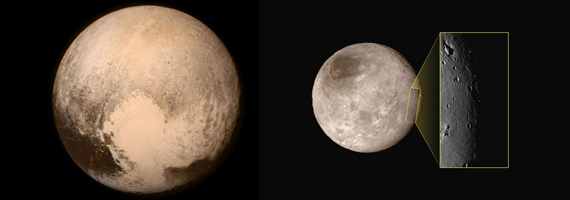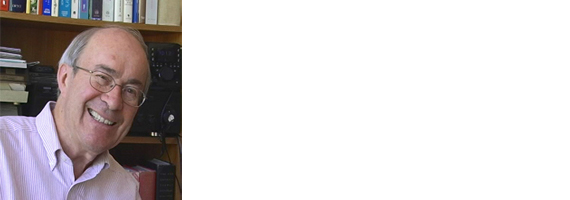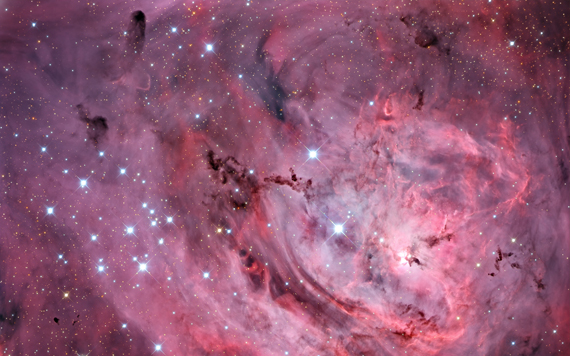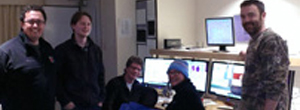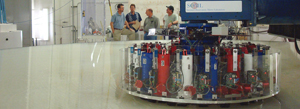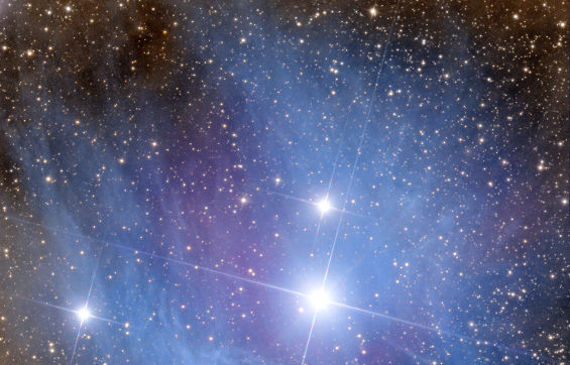Steward Observatory Astronomer and Development Officer Peter Wehinger passed away on April 27, 2015. During his tenure at the UA (1995 to 2012), Peter helped advance major telescope projects and worked to support astronomy graduate students. Known for his work on comets and quasars, Peter previously held appointments in astronomy at the University of Michigan, Tel-Aviv University, the Royal Greenwich Observatory, the Max Planck Institute for Astronomy in Heidelberg, and Arizona State University. In 1967 Peter married Susan Wyckoff, herself an astronomer and longtime collaborator.
Peter was inspired to pursue a career in astronomy through his explorations of the sky, using his home-built telescopes, from his backyard in Goshen, New York. While in college he held summer appointments at the U.S. Naval Observatory, the Utrecht Observatory, and the Lowell Observatory. At the University of Michigan he oversaw the funding, design and construction in 1969 of a 1.3-m telescope located near Ann Arbor. Still in use and now named the McGraw-Hill Telescope, this facility has since been relocated to a mountain top site, Kitt Peak, Arizona, adjacent to the telescopes of the Kitt Peak National Observatory, where it is operated by the MDM Observatory Consortium.
While at Steward Observatory, Peter played major roles in establishing the Arizona Astronomy Board, creating the Mt. Lemmon Sky Center, obtaining initial funding for the LSST project, developing a collaboration with the Tokyo Atacama Observatory group, and assisting students in obtaining scholarship funds – to list a few of his accomplishments and contributions.
Peter greatly enjoyed teaching and working with students. He was particularly dedicated and successful in supporting the efforts of graduate students. Aligned with this strong interest of Peter’s and in his memory, a fund has been established to recognize graduate students in the Department of Astronomy with demonstrated records of exceptional or creative work. Sue Wyckoff has asked that those that would like to honor Peter's memory and legacy at Steward Observatory consider making a contribution to the University of Arizona Foundation in support of this fund. The contributed funds will be used to endow "Peter Wehinger Fellowships" in the Department of Astronomy, for the support of the educational and research activities of selected graduate students. Checks should be made payable to "University of Arizona Foundation", with a note on the memo/subject line of, For Wehinger Fund/Department of Astronomy and be sent to:
University of Arizona Foundation
1111 N. Cherry Avenue
P.O. Box 210109
Tucson, AZ 85721-0109
or online at https://uafoundation.org/netcommunity/donations/wehinger-fellowship-fund
/peter-wehinger-fellowship-fund-0






